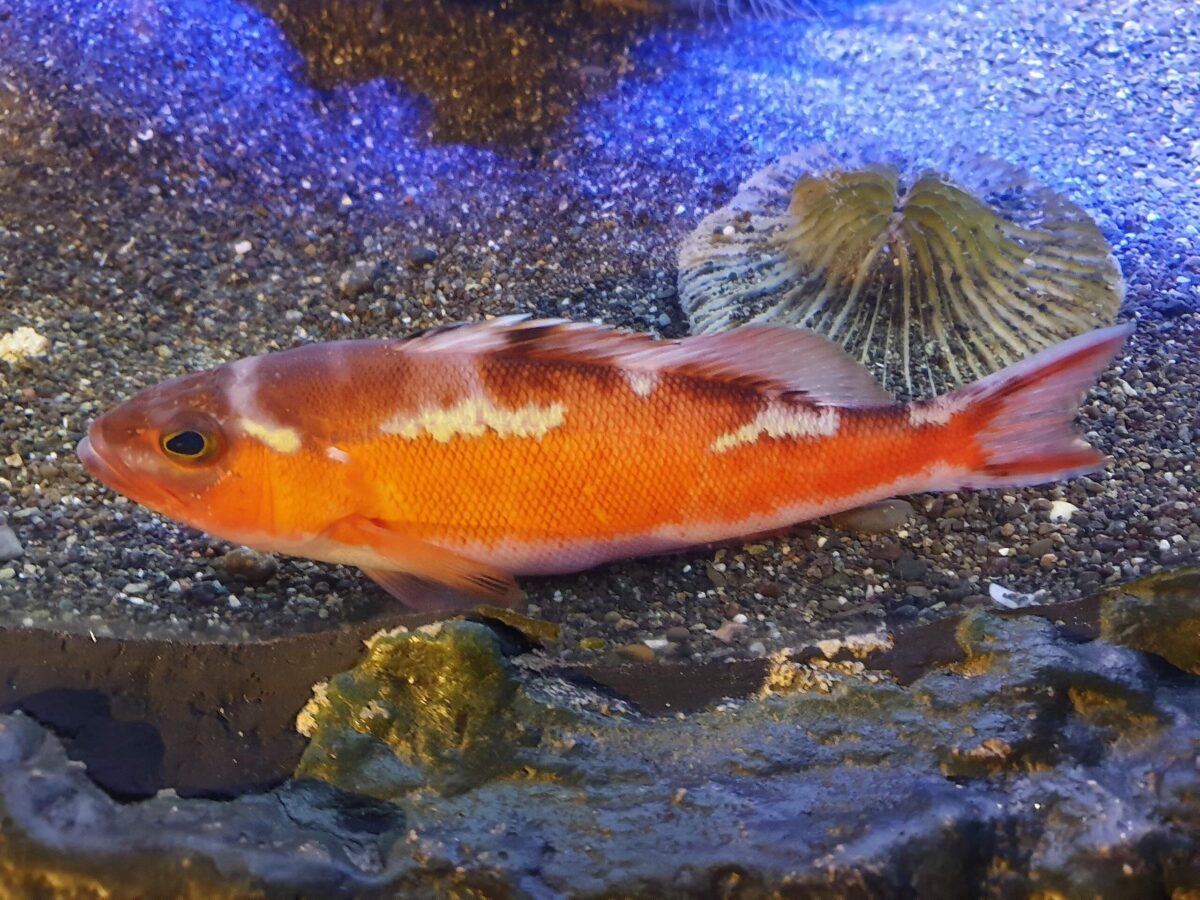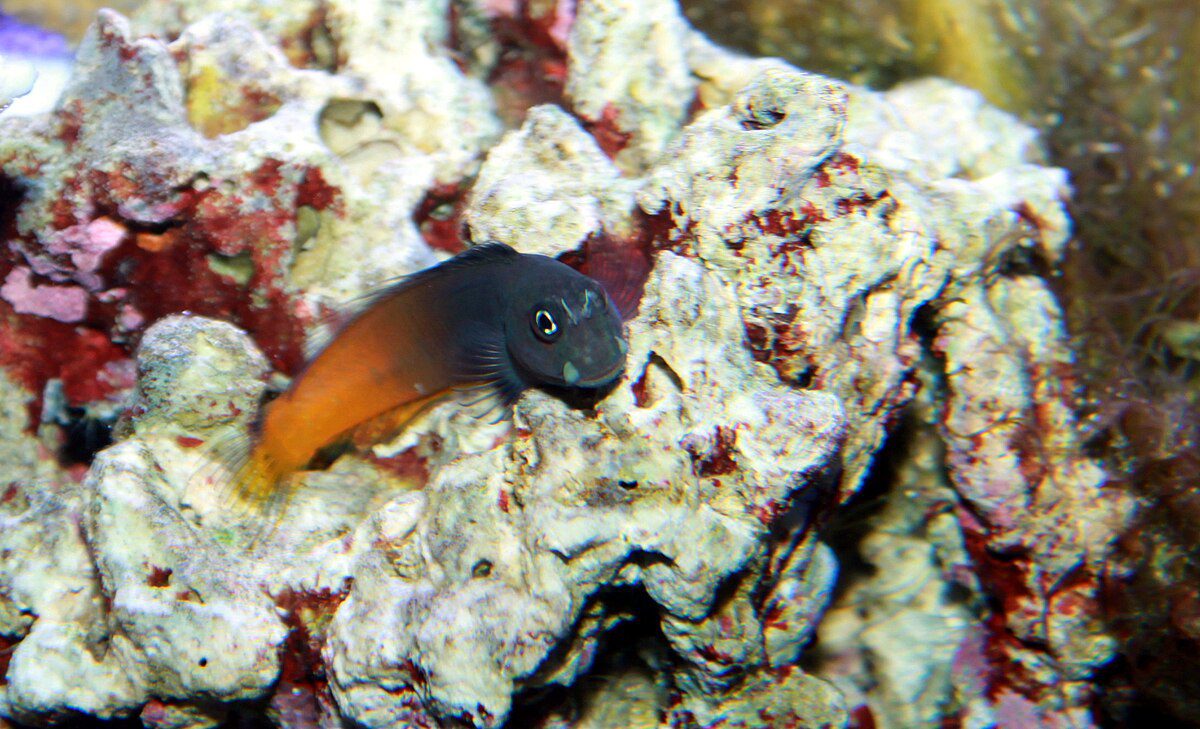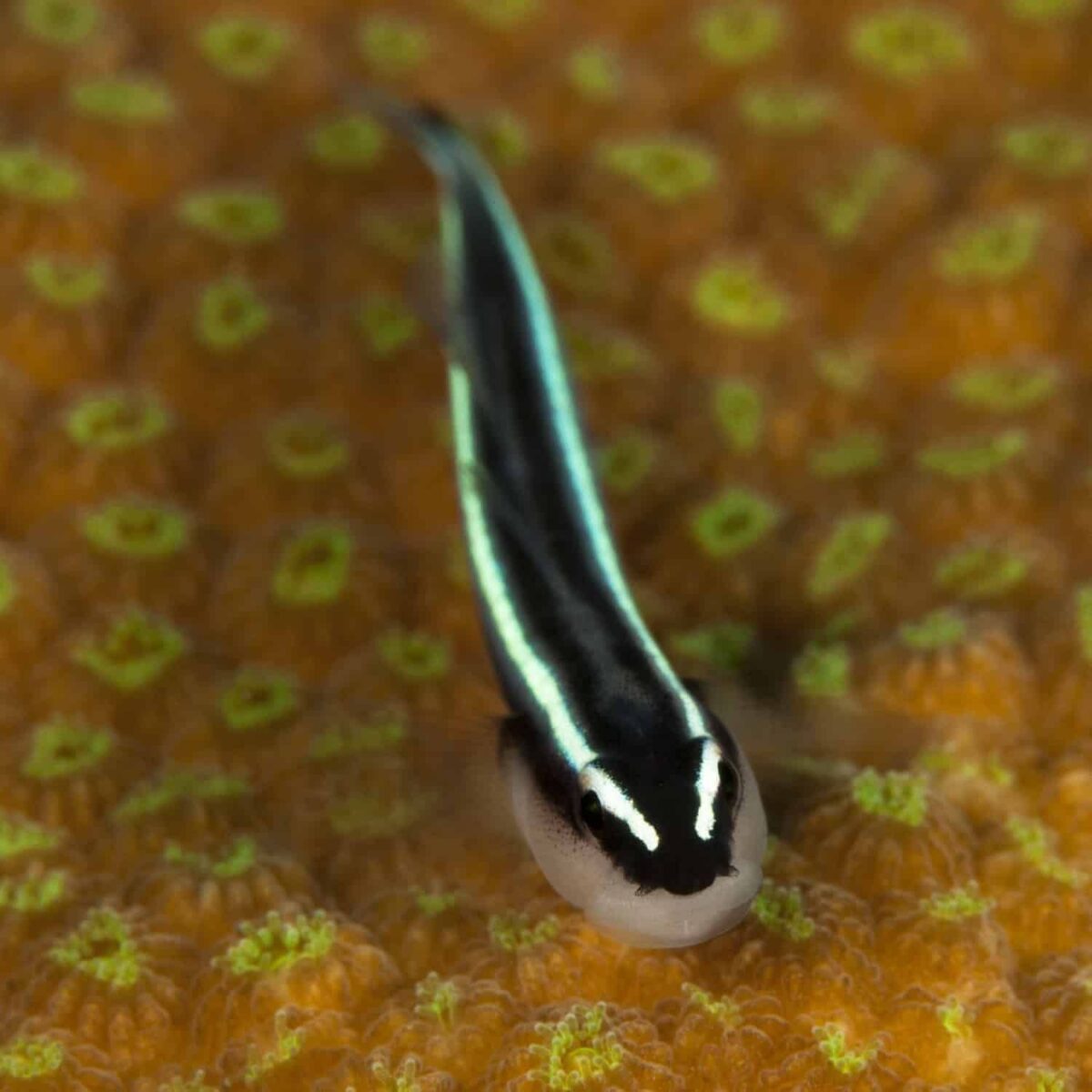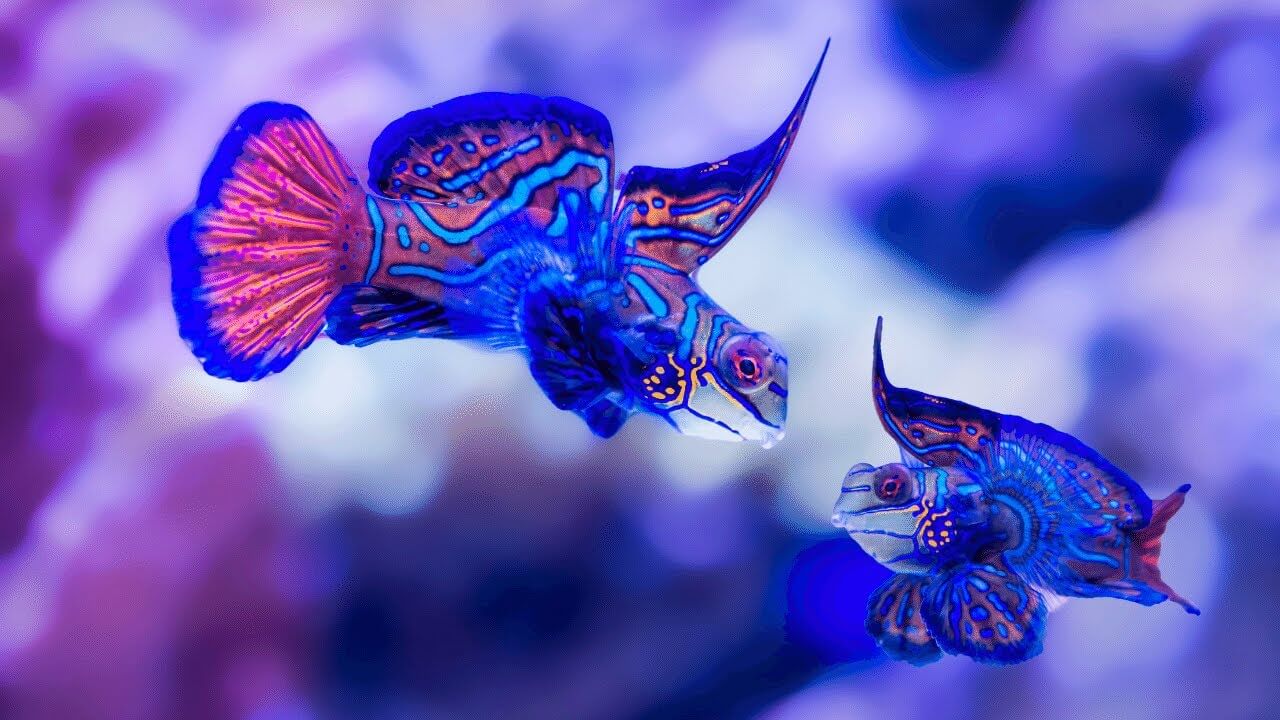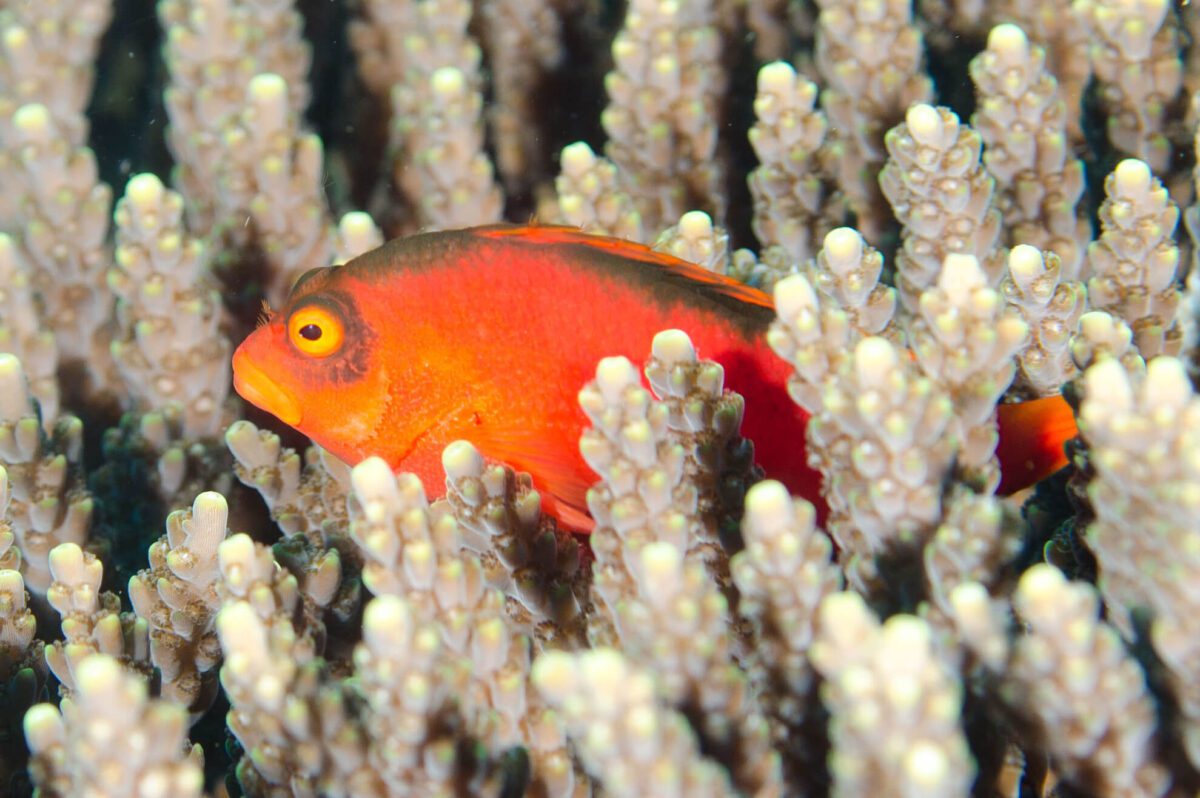Greetings, fellow aquarium enthusiasts! Today, we delve into the fascinating world of the Chalk Bass, scientifically known as Serranus tortugarum. Join us on this extraordinary journey as we explore the wonders of this captivating saltwater aquarium fish. From its stunning, vibrant colours to its compatibility with reef tanks, we’ll uncover all there is to know about caring for the Chalk Bass.
The Chalk Bass, also known as the Serranus tortugarum, is famous among marine aquarium enthusiasts. Native to the enchanting Western Atlantic Ocean, this species spans the Caribbean, the Bahamas, and the Virgin Islands. Their striking appearance and reef tank compatibility make them a prized addition to any marine aquarium.
Key Takeaways:
- The Chalk Bass, scientifically known as Serranus tortugarum, is a captivating saltwater aquarium fish.
- This species is native to the Western Atlantic Ocean and can be found in the Caribbean, the Bahamas, and the Virgin Islands.
- The Chalk Bass is known for its stunning, vibrant colours and compatibility with reef tanks.
- By understanding the specific care requirements of the Chalk Bass, you can create a thriving marine aquarium.
- Stay tuned as we delve deeper into the taxonomy, physical characteristics, care, diet, and breeding of the Chalk Bass in the upcoming sections.
Introduction – Chalk Bass (Serranus tortugarum)
Welcome to the second section of our species guide on the Chalk Bass (Serranus tortugarum). In this section, we will dive deeper into the taxonomy and classification of this captivating marine fish. We will also explore its natural habitat and distribution in the Western Atlantic Ocean. So, let’s examine the fascinating world of the Chalk Bass!
Taxonomy and Classification
The Chalk Bass belongs to the Serranus genus, a small to medium-sized marine fish commonly found in tropical and subtropical waters. Specifically, the Chalk Bass is classified under the scientific name Serranus tortugarum. Its taxonomy places it within the family Serranidae, which includes other reef-dwelling fish species.
| Detail | Description |
|---|---|
| Scientific Name: | Serranus tortugarum |
| Common Names: | Chalk Bass |
| Origin: | Western Atlantic, Caribbean |
| Family: | Serranidae |
| Social: | Peaceful, suitable for community tanks |
| Domain in Tank: | Mid-water swimmer |
| Minimum Tank Size: | 30 gallons |
| Diet: | Carnivore |
| Breeding: | Hermaphroditic, difficult to breed in captivity |
| Care Level: | Easy |
| pH Range: | 8.1 – 8.4 |
| Water Hardness: | 8-12 dKH |
| Temperature: | 72-78°F (22-26°C) |
| Common Diseases: | Marine Ich, Marine Velvet |
| Life Span: | Up to 5 years |
| Size: | Up to 3 inches (7.6 cm) |
| Best Tank Mates: | Clownfish, Dwarf Angelfish, Small Gobies, Firefish |
Natural Habitat and Distribution
The Chalk Bass is primarily found in the Western Atlantic Ocean, with its natural habitat spanning from the Caribbean to the Bahamas and the Virgin Islands. These fish inhabit shallow coral reefs and rocky areas, making them popular for saltwater aquarium enthusiasts.
While exploring the Chalk Bass habitat, we will also discover the fish’s distribution patterns and learn about the environmental factors contributing to its thriving population in specific regions of the Western Atlantic Ocean.
Now that we have a basic understanding of the Chalk Bass’ taxonomy, classification, and habitat, let’s move on to the next section to explore its physical description and unique characteristics.
Physical Description and Characteristics
Welcome to the fascinating world of the Chalk Bass! This section will provide you with a detailed understanding of this stunning saltwater fish’s physical description and characteristics. Let’s dive in!
Colours and Markings
The Chalk Bass showcases a remarkable colour palette that will captivate any aquarium enthusiast. Its body combines vibrant orange, a striking purple midsection, and electric blue vertical bands. These colours contrast beautifully against each other, creating an eye-catching spectacle in any marine aquarium.
Gender Differences
Regarding gender, the Chalk Bass exhibits subtle differences in appearance. Males typically display more intense and defined colours than females. They boast deeper shades of orange and blue, while females may have a slightly lighter tone. These distinctions can be observed when closely examining the fish.
Varieties
Within the Chalk Bass species, there are several fascinating varieties. These include different colour variations and patterns. It’s worth noting that these varieties can be selectively bred to enhance specific traits, adding even more diversity and charm to your aquarium.
Grades
When grading Chalk Bass, breeders and collectors often categorize them based on their overall quality and desirable characteristics. Higher-grade individuals typically exhibit exceptional colouration, well-defined markings, and symmetrical patterns. Each grade represents different levels of aesthetic appeal and desirability in the hobby.
Behaviour and Temperament
In terms of behaviour, the Chalk Bass is known for its peaceful nature and docile temperament. They are generally non-aggressive and can coexist harmoniously with other compatible fish in a well-maintained aquarium. However, monitoring their interactions with other tank mates and providing adequate space to ensure a stress-free environment for all inhabitants is essential.
Now that we’ve covered the physical characteristics, colours, markings, gender differences, varieties, and grades of the Chalk Bass, you better understand this captivating species. The following section will delve into the specific aquarium requirements to keep these magnificent fish thriving in your marine environment.
Aquarium Requirements
Several requirements need to be met to provide a suitable environment for Chalk Bass in an aquarium. These include the ideal tank size and layout, specific water parameters, suitable tank mates, and compatibility with live plants and invertebrates.
Ideal Tank Size and Layout
The tank size for Chalk Bass should be at least 30 gallons to ensure they have enough space to swim and explore. A larger tank will provide even more room for them to thrive. Creating a well-structured layout with plenty of hiding spots, such as caves, crevices, and live rock formations, is essential. This will mimic their natural habitat and provide areas for them to feel secure.
Water Parameters
Chalk Bass thrive in saltwater aquariums with specific water parameters. The temperature should be maintained between 74°F to 78°F (23°C to 26°C). The salinity level should be kept at 1.020 to 1.025 specific gravity, and pH should range from 8.1 to 8.4. It’s also crucial to ensure proper filtration and maintain stable water quality by regularly testing and performing water changes.
Suitable Tank Mates and Potential Conflicts
When selecting Chalk Bass tank mates, choosing peaceful species compatible with their gentle nature is essential. Some suitable tank mates include small, peaceful reef fishes like gobies, blennies, and firefish. Avoid aggressive or territorial fish that may bully or intimidate the Chalk Bass, leading to potential conflicts and stress.
Compatibility with Live Plants and Invertebrates
Chalk Bass are generally compatible with live plants and invertebrates in the aquarium, as they do not typically bother or eat them. However, it’s important to note that individual fish may have different behaviours, so close observation is recommended when introducing live plants or invertebrates. Ensure that any plants chosen are suitable for a saltwater environment and can tolerate the specific water parameters required for the Chalk Bass.
Chalk Bass (Serranus tortugarum) – Care
Diseases
To ensure the health and well-being of your Chalk Bass, it is essential to understand and address common fish diseases. Taking preventive measures and providing proper care can minimize the disease risk and keep your fish thriving in the aquarium.
Maintaining optimal water quality is one of the most effective ways to prevent diseases. Regular water testing and appropriate filtration systems are essential for creating a clean and stable environment. Ensure that the water parameters, such as temperature, pH, and salinity, are within the recommended range for Chalk Bass.
Proper feeding practices also play a crucial role in disease prevention. Offer a balanced and nutritious diet that meets the specific nutritional needs of Chalk Bass. Avoid overfeeding and remove uneaten food from the tank to prevent water contamination.
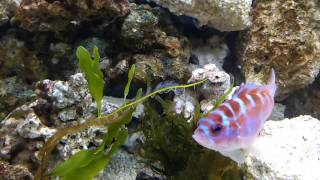
Regular observation of your Chalk Bass is crucial in identifying signs of illness. Look out for changes in behaviour, appetite, or physical appearance. Common fish diseases that may affect Chalk Bass include parasitic infections, such as ich and velvet, bacterial infections, and fungal infections.
If you notice any signs of disease, it is crucial to take immediate action. Isolate the affected fish and consult a veterinarian experienced in fish care for an accurate diagnosis and appropriate treatment. Follow the veterinarian’s instructions carefully to ensure the health and recovery of your Chalk Bass.
In summary, proactive disease prevention in fish care is crucial for maintaining the overall well-being of your Chalk Bass. You can enjoy thriving and healthy fish in your aquarium by providing optimal care, monitoring water quality, and addressing any signs of illness promptly.
Diet and Feeding
In this section, we will explore the diet and feeding habits of the Chalk Bass. Understanding their dietary preferences and providing a balanced and nutritious diet is essential for maintaining their health and well-being in the aquarium.
Dietary Preferences
The Chalk Bass is an omnivorous species, meaning it will consume both animal and plant-based foods. In the wild, they primarily feed on small invertebrates such as shrimp, zooplankton, and crustaceans. They also graze on algae and other tiny organisms found on rocks and corals.
Recommended Foods and Feeding Schedule
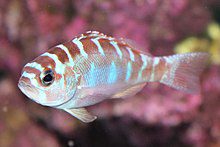
In captivity, it’s important to replicate their natural diet as closely as possible. High-quality commercial marine pellets and flakes specifically formulated for saltwater fish provide a good foundation for their diet. Supplement their meals with frozen or live foods such as brine shrimp, mysis shrimp, and small pieces of seafood like chopped squid or shrimp.
Feeding the Chalk Bass multiple times daily in smaller portions simulates their natural feeding habits and helps prevent overeating. Aim for two to three daily feedings, ensuring they consume their meals within a few minutes.
Tips on Ensuring a Balanced and Nutritious Diet
To ensure a balanced and nutritious diet for your Chalk Bass, consider the following tips:
- Variety is vital: Offer diverse foods to provide essential nutrients and prevent nutritional deficiencies.
- Monitor feeding behaviour: Observe how much your fish consumes during each feeding. Adjust the amount accordingly to prevent overfeeding.
- Supplement with fresh produce: Occasionally offer small amounts of spirulina flakes or blanched vegetables like spinach or zucchini to provide additional nutrients.
- Rotate food sources: Alternate between commercial, live, and frozen foods to enhance their diet and add excitement to feeding time.
- Regularly monitor water quality: Proper filtration and regular water changes are crucial to maintaining a healthy environment for your Chalk Bass and promoting optimal digestion.
By providing a well-rounded and varied diet, you can support the overall health and vitality of your Chalk Bass, ensuring they thrive in their saltwater aquarium environment.
Breeding and Reproduction
To successfully breed Chalk Bass in captivity, it is vital to understand their breeding and reproductive behaviour. This section will discuss the methods for sexing Chalk Bass, their breeding behaviour and conditions, the care of their eggs and fry, and the challenges that may arise during the breeding process in an aquarium setting.
Sexing
To determine the sex of Chalk Bass, there are a few visual cues to look out for. Males tend to have brighter and more vibrant colours, while females may appear slightly duller. Additionally, males often have longer and more pointed dorsal and anal fins compared to females. By carefully observing these physical characteristics, it is possible to sex Chalk Bass.
Breeding Behavior and Conditions
Chalk Bass exhibit interesting breeding behaviour when it comes to reproduction. During courtship, males often swim in circular motions and display their colourful fins to attract females. Once the pair has bonded, they will choose a suitable location within the aquarium to lay their eggs.
Regarding breeding conditions, it is essential to replicate their natural habitat as closely as possible. This includes providing hiding places and suitable substrate for egg attachment. Maintaining optimal water conditions, such as appropriate temperature, salinity, and pH levels, is crucial for successful breeding.
Care of Eggs and Fry
After the eggs have been laid, it is crucial to provide proper care to maximize their chances of survival. Chalk Bass are known to be protective parents, guarding their eggs until they hatch. Ensuring the eggs are not disturbed and kept in a stable environment is crucial.
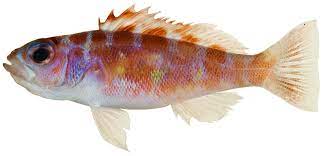
Once the fry hatch, they will begin to swim freely and will require small, nutrient-rich food to feed on. Offering suitable live or frozen foods such as rotifers and small crustaceans will help nourish the fry during their early stages of development.
Challenges in Breeding in Captivity
Breeding Chalk Bass in captivity can present its own set of challenges. Factors such as compatibility between the breeding pair, stress levels, and environmental conditions can impact successful reproduction. Additionally, the timing and frequency of breeding attempts can vary and may require some trial and error.
Being patient and persistent in breeding Chalk Bass is essential, as it may take multiple attempts before achieving success. Learning from each breeding experience and making necessary adjustments can help improve the chances of successful reproduction in captivity.
Summary
In conclusion, the Chalk Bass, also known as Serranus tortugarum, is a stunning saltwater aquarium fish that offers beauty and tranquillity to any marine aquarium. Throughout this article, we have provided a comprehensive guide to this species, covering its taxonomy and classification, natural habitat, physical characteristics, and behaviour.
Regarding aquarium requirements, the Chalk Bass thrives in an appropriately sized tank with suitable tank mates, optimal water parameters, and compatibility with live plants and invertebrates. As for care, providing a nutritious diet, maintaining water quality, and preventive measures against common diseases are essential.
Regarding reproduction, breeding Chalk Bass in captivity comes with challenges, but successful breeding can be achieved with the right conditions and care. Overall, the Chalk Bass is a wonderful addition to a saltwater aquarium, bringing vibrant colors and a peaceful nature to any aquarist’s collection.

